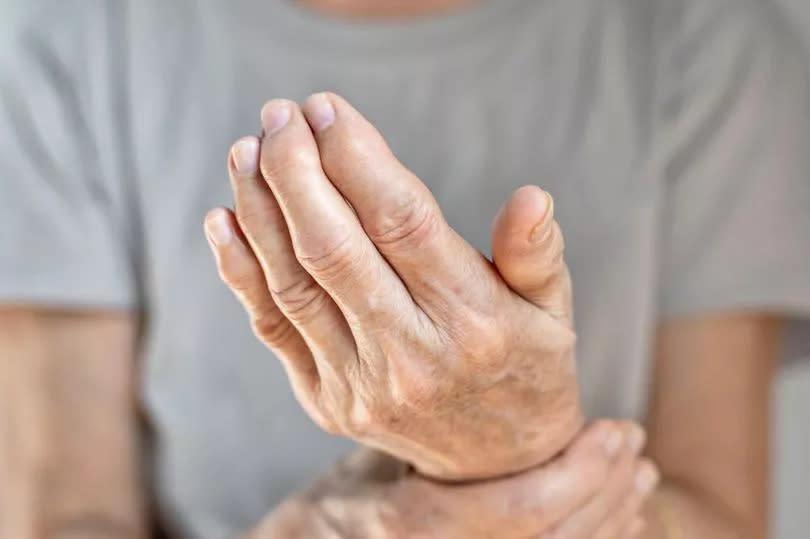Painful 'Victorian-era' condition on the rise among younger people, experts warn

A resurgence of a painful health condition from the Victorian times is causing alarm among health experts.
Experts have noted a significant spike in gout cases among individuals in their 20s and 30s, reports Birmingham Live..
Recent figures have shown an alarming 30 per cent increase in gout cases within the younger demographic. The ailment, which is characterised by severe pain and was once rampant during the Victorian era, remains a significant health issue today.
Gout - the most widespread type of inflammatory arthritis in the UK - affects roughly one in 40 people. It typically manifests as a severely painful, red, and swollen joint in the big toe.
If not properly managed, the condition can progress to other parts of the feet and hands, potentially leading to disability. Medical professionals are now calling for better surveillance and quicker intervention for those affected.

Dr Avinash Hari Narayanan (MBChB), Clinical Lead at London Medical Laboratory, highlighted the ongoing battle against gout, stating: "Unfortunately, gout is a condition that is very much still with us, despite the fact that simple blood tests can help identify people likely to suffer a flare before it ever happens. The charity Arthritis Action says one in 40 Brits now have the condition and it can lead to debilitating pain, even for younger people.
"A study published in the journal BMC Primary Care last November found gout is the most common inflammatory arthritis yet, frequently, it is not managed well enough or taken seriously. The last major UK study into the condition was held as long ago as 2012."
"At that time, a report in the British Medical Journal's (BMJ) Annals of the Rheumatic Diseases revealed cases were significantly higher in 2012 than in 1997, the date of the preceding major study, with a 63.9% increase in prevalence and 29.6% increase in incidence over this period. Concerningly, although most gout patients were still 60 or older, the number of patients aged between 20 and 30 had increased by 30%.
"In some ways, there has been little advance since 2012. NHS Digital statistics show that 234,000 people were admitted to hospital with gout in 2021-2022. The 2023 BMC Primary Care report examined 51,784 cases of people with the disease and found 35.9% suffered at least one more flare during the study period. It found cases of gout flares are more likely in people who are male, Black, have a higher BMI, suffer from heart failure, chronic kidney disease (CKD), cardiovascular disease (CVD) or who take diuretics."
Don't miss the latest news from around Scotland and beyond. Sign up to our daily newsletter.

 Yahoo News
Yahoo News 
